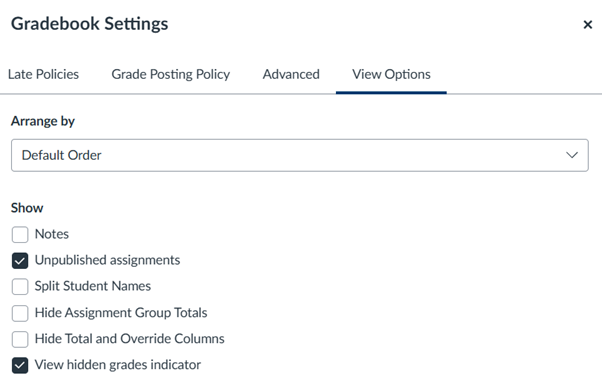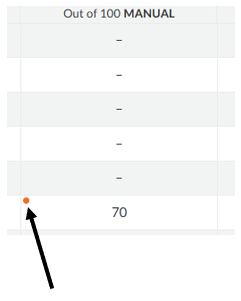What is Global Accessibility Awareness Day?
Global Accessibility Awareness Day (GAAD) is an international event intended to get everyone talking, thinking and learning about digital accessibility and inclusion.
This year the event will be held on 15 May 2025.
To honour GAAD, we will be posting a series of blog posts and videos highlighting issues and provide guidance on accessibility issues (more on that later in this post).
Let’s begin by exploring what digital accessibility means, identifying the individuals it affects, and challenging common misconceptions about accessibility.
What is Digital Accessibility?
Digital accessibility refers to the ability of people with disabilities/impairments to independently consume and/or interact with digital.
This can include web content and applications (including on mobile devices).
The Diverse 21st Century Learner
Digital accessibility is often perceived as a set of practices aimed solely at helping individuals with disabilities. However, accessibility is much broader and benefits everyone, regardless of their abilities or circumstances. By incorporating accessibility into digital design, we create inclusive environments that enhance usability and convenience for all users.
Our learners come from a wide range of backgrounds, each with unique needs shaped by their individual circumstances. Unfortunately, these needs are sometimes overlooked, particularly in terms of accessibility.
These learners could include:
Learners with Visible Disabilities
This can include individuals with visible disabilities, such with mobility impairments, visual impairments, or hearing impairments.
Learners with Invisible Disabilities
This could include users with invisible disabilities, such as cognitive impairments, mental health conditions, or chronic illnesses.
Learners with Temporary Disabilities
Users experiencing temporary disabilities, such as a broken arm or temporary vision impairment.
International Students
Students from different countries who may face language barriers and cultural differences.
Professionals Seeking more Education
Working professionals looking to further their education.
Learners with Different Preferences
Users with specific preferences, such as those who prefer dark mode or larger text.
Parents
Parents who may be juggling multiple responsibilities and need efficient and accessible digital tools.
Commuters
Individuals who frequently travel and use digital tools on the go.
Learners Who Use Mobile Devices
Users primarily accessing digital content via mobile devices.
Offline Users
Users who prefer or need to access content offline due to limited internet connectivity.
With knowledge of who our potential learners could be, we can help create digital content that is accessible and helps towards meeting their needs.
What is Happening This Week
To help our colleagues and students at Newcastle to engage with accessibility content, colleagues in the Learning and Teaching Development Service (LTDS) are going to be sharing blog posts each day during this week on Digital Accessibility.
Schedule of Posts
- Tuesday 13th May 2025 – Document Design Fundamentals
- Wednesday 14th May 2025 – Creating Accessible Videos in Recap (Panopto)
- Thursday 15th May 2025 – Anthology Ally in Canvas
- Friday 16th May 2025 – Accessibility Resources Available at Newcastle University














